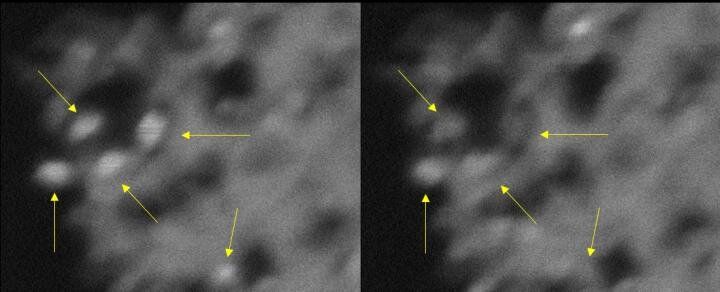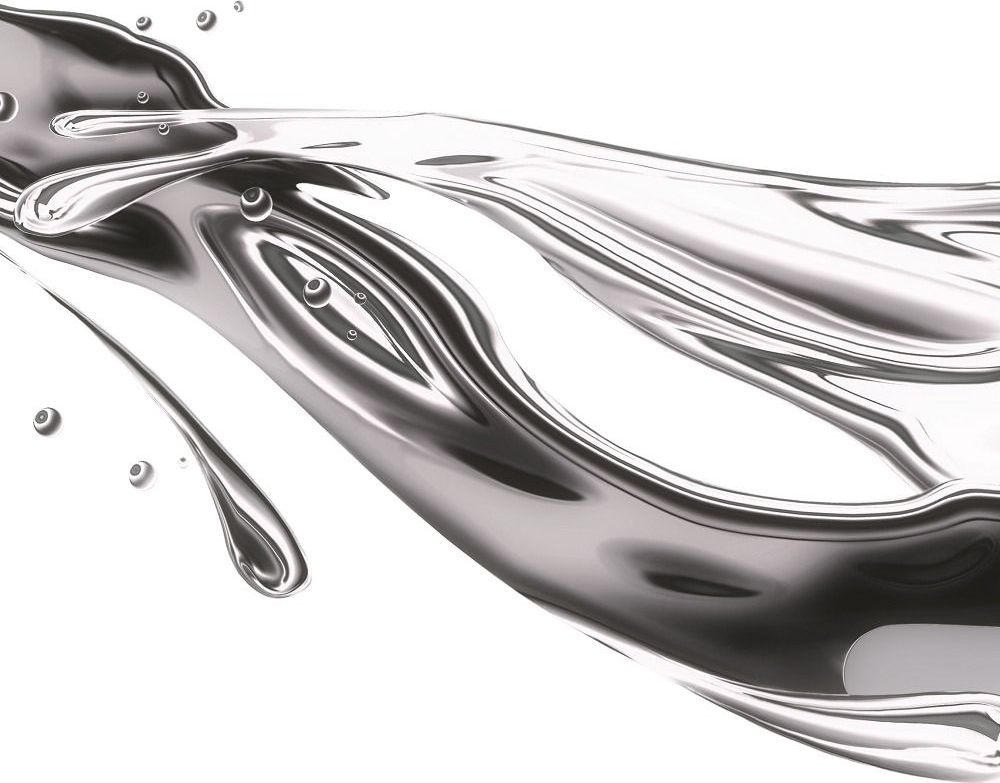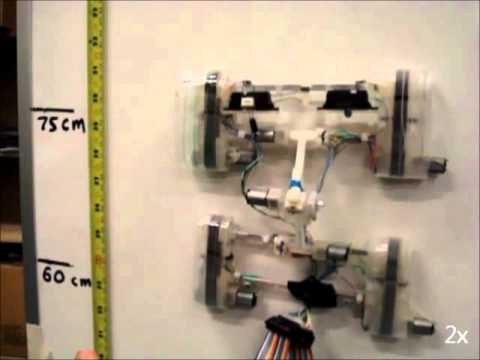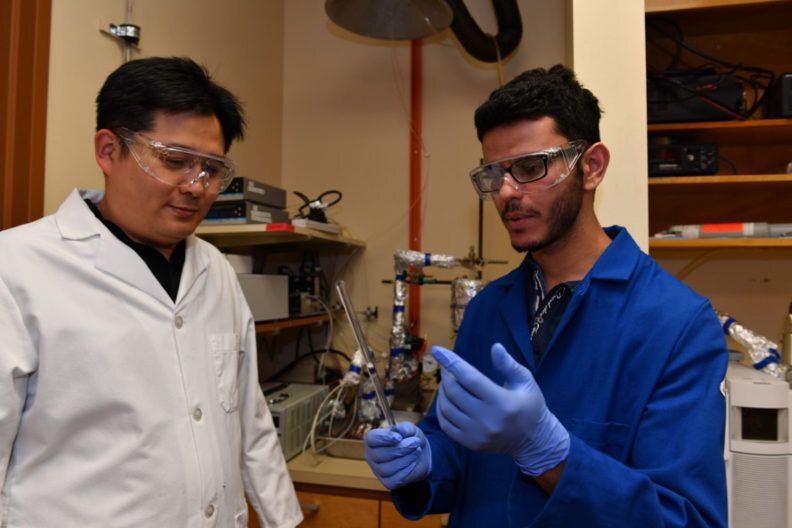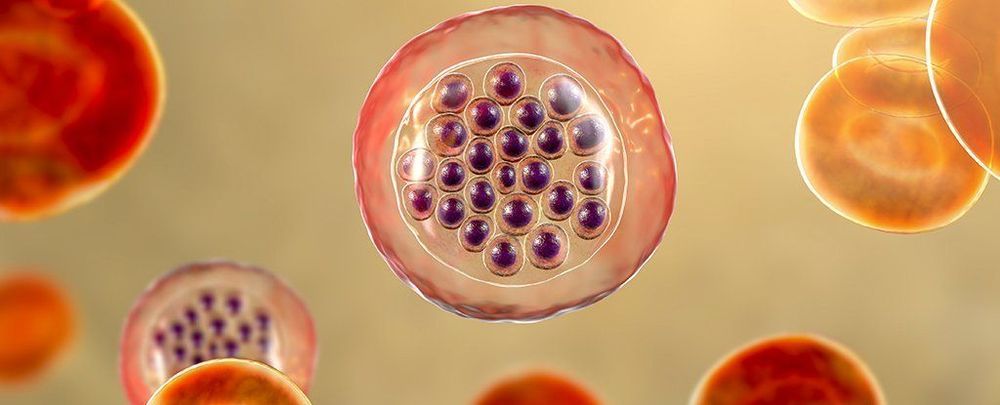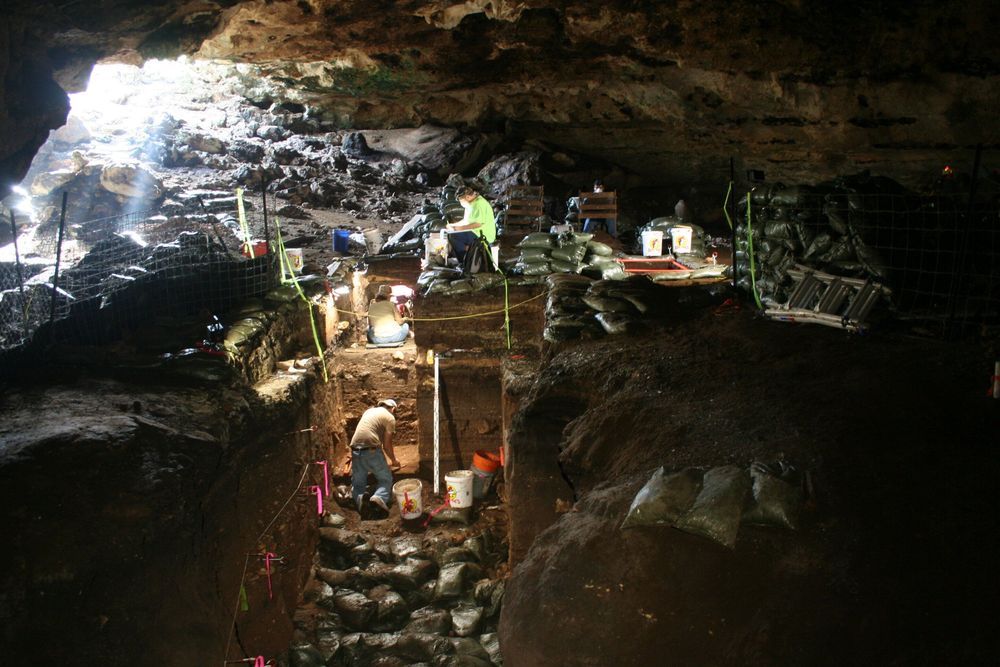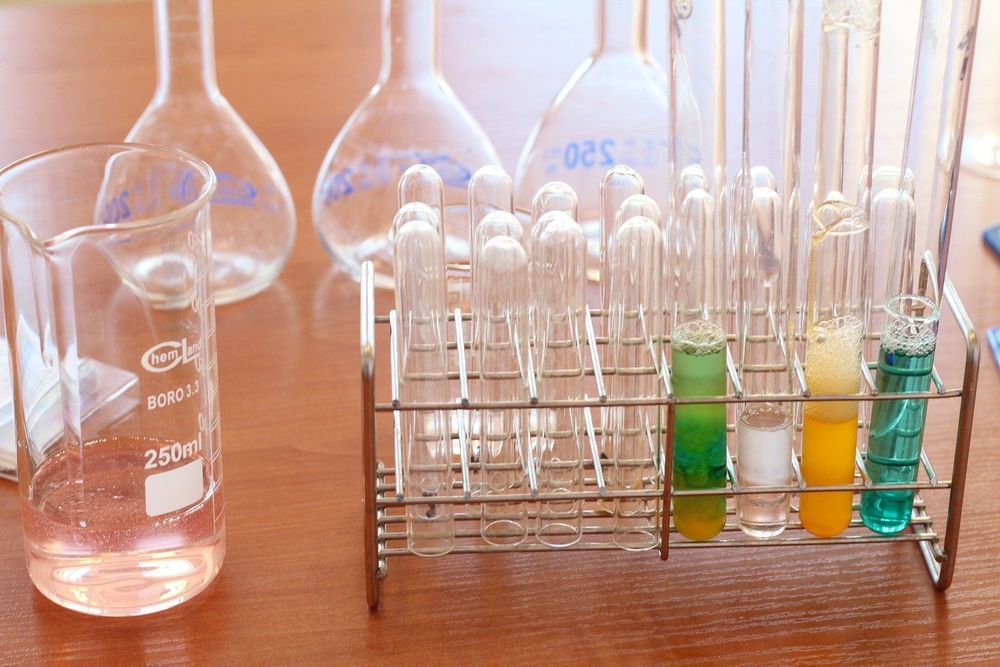Aug 5, 2020
Sniffing Out Stem Cells Behind COVID-Skewed Olfaction
Posted by Lon Anderson in categories: biotech/medical, chemistry
In COVID-19, the sense of smell can diminish, vanish, or oddly skew, for weeks or months. The loss usually starts suddenly and is more than the temporarily dulled chemical senses of a stuffy nose from the common cold. As researchers followed up mounting reports of loss of olfaction, a surprising source of perhaps the longest-lasting cases emerged: stem cells in the olfactory epithelium.
A Common Symptom
Facebook groups may be ahead of the medical literature in providing vivid descriptions of the loss of olfaction as people swap advice and compare how long they’ve been unable to smell. The experiences can be bizarre, but at the same time, shared.

